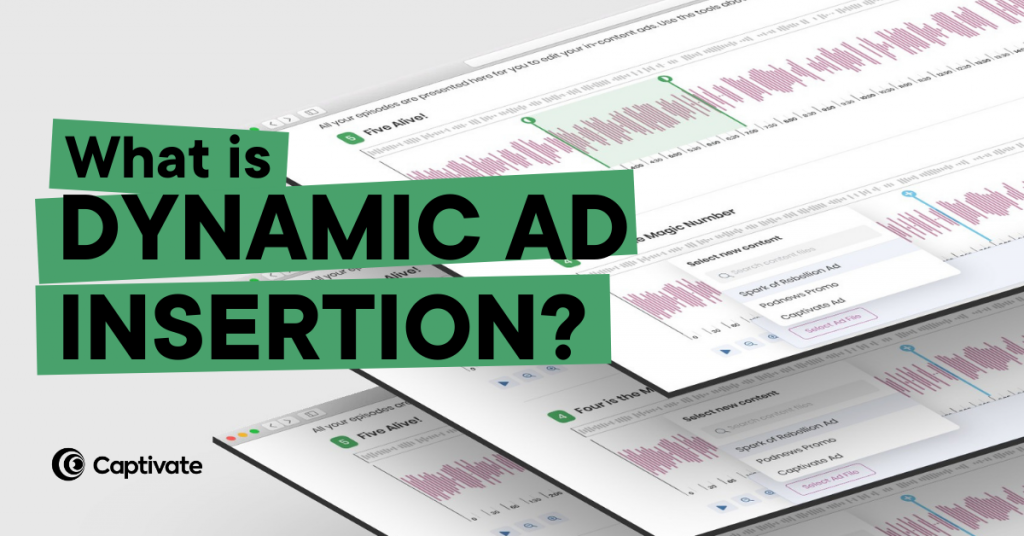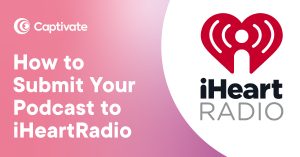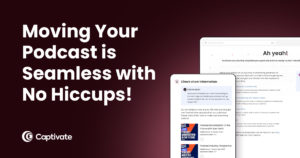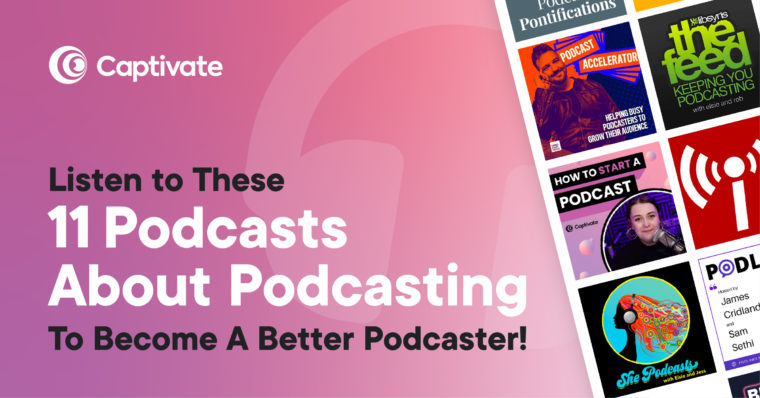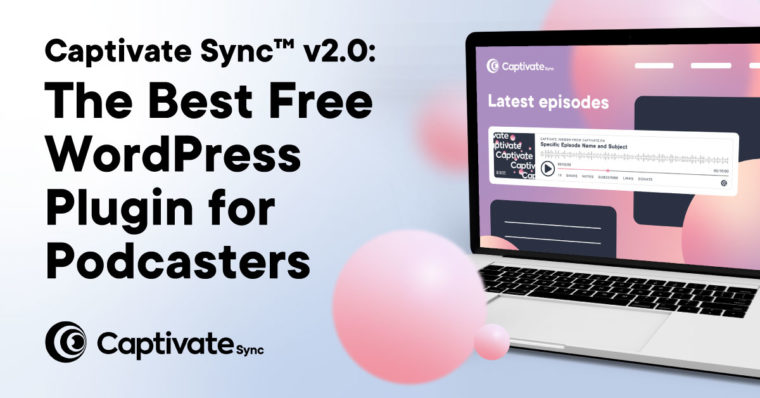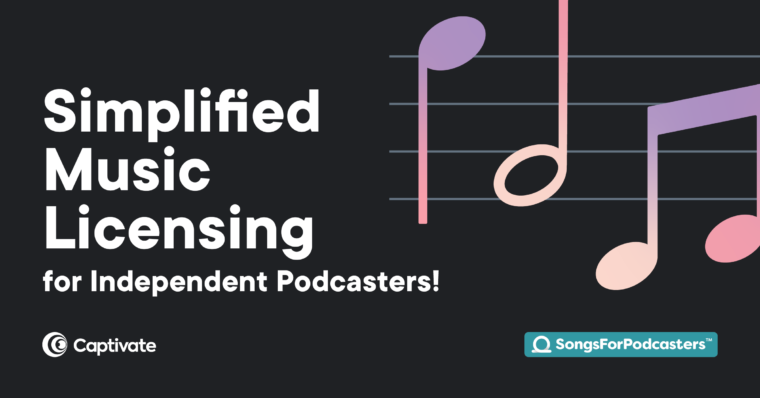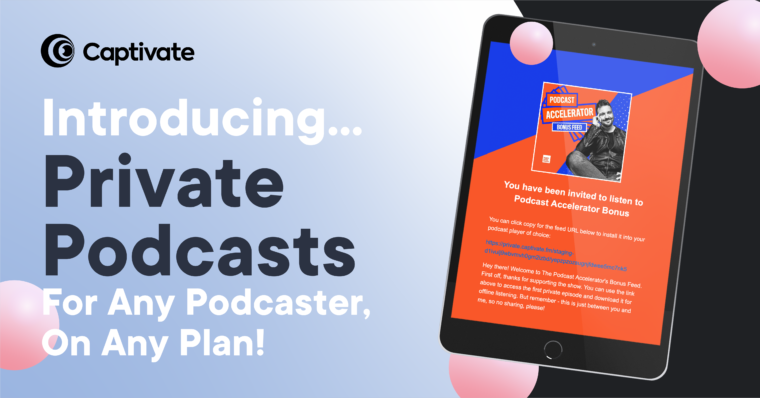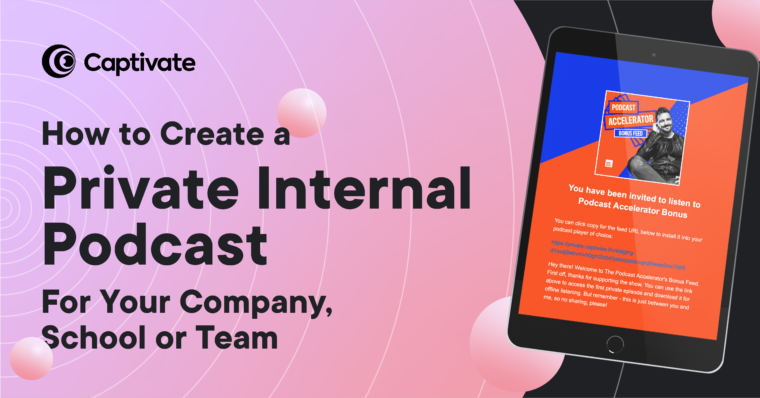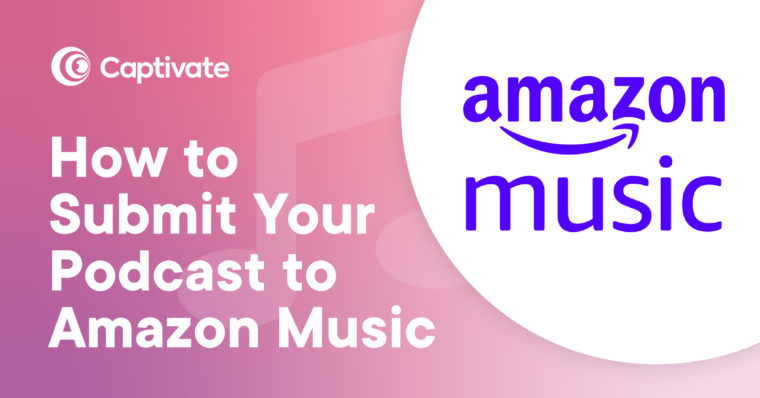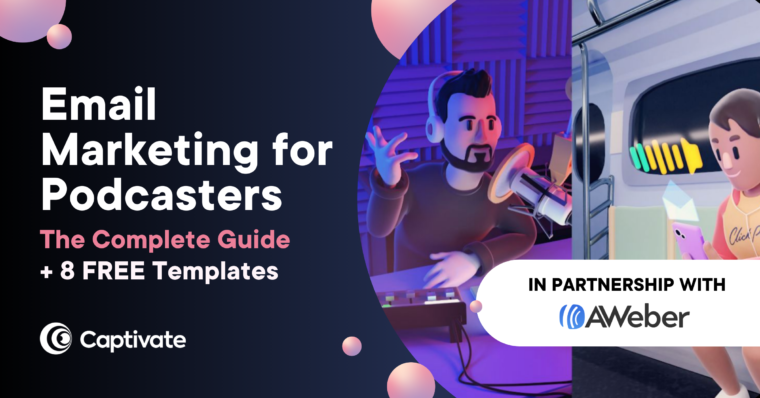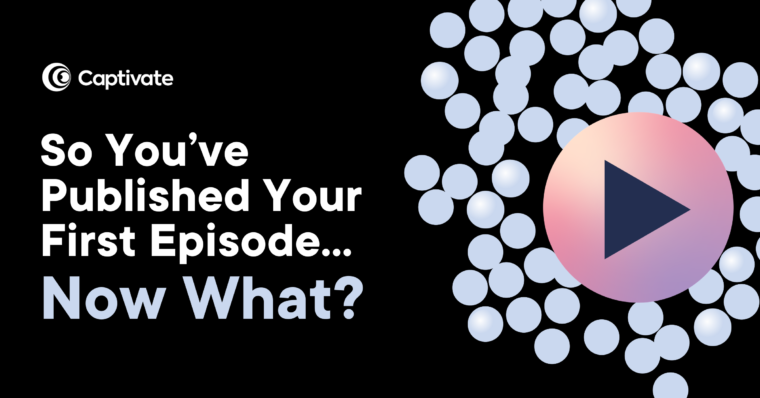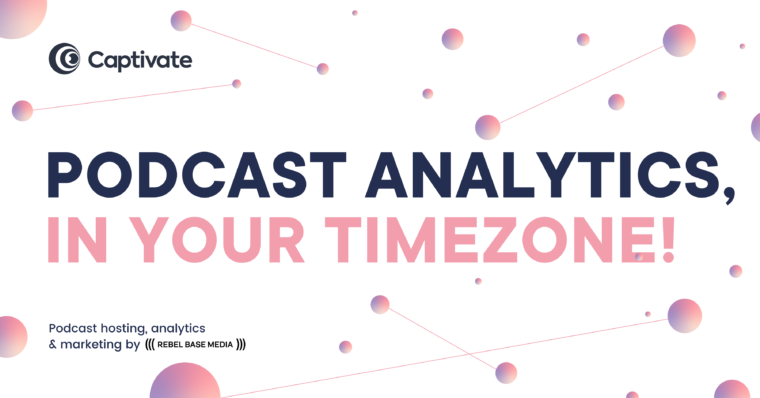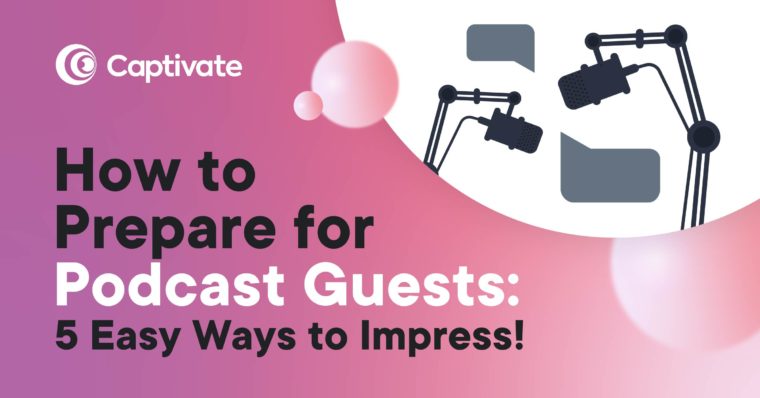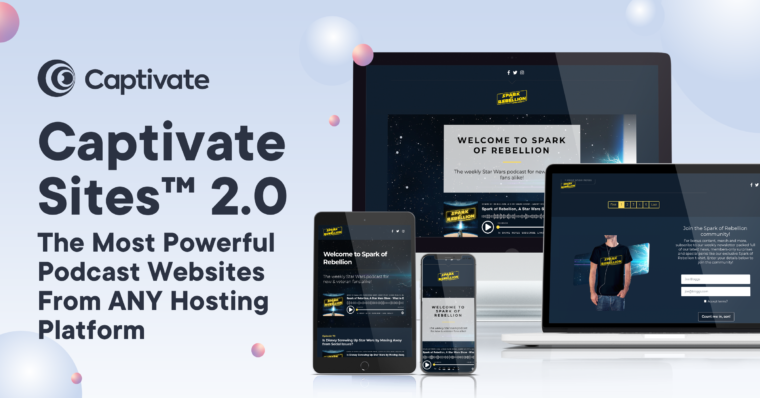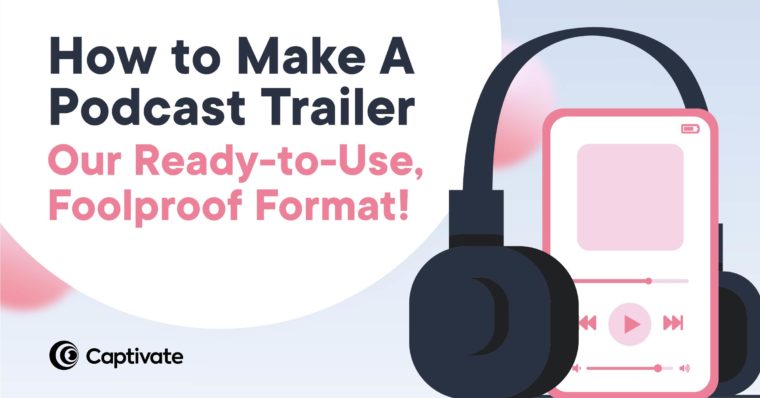The audio version of this dynamic ad insertion explainer is available via The Podcast Accelerator, also embedded below.
Are you wondering what “dynamic ad insertion” means in podcasting? Maybe you’ve heard about “DAI”, but have never wanted to ask what it is – here’s a full explanation of what dynamic ad insertion means!
As a serious independent podcast creator, it’s important that you have a full toolkit available to you to help you to grow your podcast’s audience and to monetize your show(s) in diverse ways.
There are so many options available to audio influencers and podcast creators that it can be hard to figure out which range of options to incorporate into your monetization strategy but, inevitably, the subject of sponsors, ads and ad partners will present itself, often sooner rather than later.
In short: dynamic ad insertion, or “DAI”, is the process of recording your audio and publishing your podcast episode as normal, then marking areas within that episode where advertising will be inserted by a piece of software after the episode has been published – often with ever-changing parameters, which constitutes the “dynamic” part of the acronym.
In this article:
Dynamic Ad Insertions vs “Baked-In” Ads
To better understand dynamic ad insertion, we first have to look at its opposite number: “baked-in” ads.
“Baked-in” refers to the practice of advertisements being read out by the podcast creator during the recording of an episode.
Once published, these advertisements are ‘baked-in’ parts of the audio and removing or replacing them typically involves re-recording and/or re-editing the entire piece of content, a time-consuming process that is often too cumbersome to achieve and hinders monetization opportunities for audio creators.
For example, a podcaster might secure a deal with a local or niche sponsor to partner with them on four episodes and where the podcaster sells them a “pre-roll” and a “mid-roll” ad slot per episode.
The podcaster will then agree on a script and a call to action with the sponsor (usually asking the listener to go to a page on a website) and, as the podcaster records their episode, they’ll read the scripts at the relevant places whilst doing the recording.
They then go ahead and publish that episode as normal and the ads are “baked-in” to the audio content.
This is a really common way that serious independent podcasters make money: they’re leveraging their audio influence to close a deal and then offering a host-read advert, or multiple adverts, in their content.
Dynamic ad insertion gives you the opportunity to achieve the same outcome but also opens the door to various other opportunities, too.
Pre-Roll, Mid-Roll & Post-Roll Podcast Ads Explained
Ads are usually sold in “slots”. A “slot” is just a location within your episode that an ad will appear.
There are three types of ad location that you might hear about in podcast advertising:
- Pre-roll – ads are placed before your episode content begins and before any audio from your episode is played.
- Mid-roll – ads are interspersed within your content. We call these “mid-roll, in-content” here at Captivate because we think it’s a little more obvious.
- Post-roll – ads are placed after your episode content has finished.
There’s a little flexibility in these terms that you might come across, too.
For example, a true pre-roll plays before any other content but for a podcaster who sells ads themselves and reads them out (either baking them in or dynamically inserting them later), they may class an ad within the first few minutes as a pre-roll because it comes before the main content of the episode.
The same goes for post-roll: where true post-roll plays after all other audio has finished, a podcaster who has sold a post-roll ad to a sponsor directly may class an ad after their content, but before their outro, as a post-roll.
The important thing to remember here is that there is no right or wrong or need to worry about that jargon too much, you’ll work with sponsors and ad partners to make sure that the ads are in the right place.
Speaking of jargon, there is one more acronym that you need to know:
- CPM – this stands for “cost per mille”. “Mille” means “thousand” so this really boils down to “cost per thousand” and in podcasting, this means “the amount of money that someone will pay you to advertise on your podcast, per one thousand downloads of each episode within 28-days of release.” Note: sponsors are usually not interested in cumulative monthly downloads, sorry!
For example, your podcast receives 5,000 downloads per episode within the first 28-days of its release. A sponsor is willing to pay $30 CPM (aka, $30 for every one thousand downloads) per ad slot. You have one ad slot in your episode and so that advertiser will pay $150 per episode. You’ll then probably give a little to the ad partners as commission and make a fair sum for that episode.
Note: average CPM rates vary so much in podcasting and change so frequently, I have used this as a fairly realistic example. Also note, not all advertisers pay the same rates nor are ad locations valued the same (e.g. a pre-roll is usually more expensive than a mid-roll, and a mid-roll is more expensive than a post-roll).
Ad partner adverts and even agency ad partners (discussed below) are priced like this, but if you’re selling your own advertisements you don’t necessarily have to stick to this method of valuing your audience.
Many serious independent podcasters understand their value as audio influencers in a tight niche and sell their sponsor slots on a fixed-price basis regardless of downloads.
You may decide, for example, that you’d like to generate $500 per episode and offer two ad slots (maybe a pre-roll and a mid-roll), so you decide to find direct sponsors and sell each slot at $250 regardless of the number of downloads you receive per episode.
Another article we think you’d like...
Reading Time: 2 minutes The first step in making your podcast accessible to as many listeners is to be everywhere. That means submitting to all the major podcast directories, including iHeartRadio! Getting listed everywhere you can will ensure that new, diverse audiences across the globe have the opportunity to discover and tune into your podcast. iHeartRadio is one of… Read more »
This is really common for podcasters with smaller numbers but who have generated really loyal, passionate audiences in a tight niche.
Don’t be put off by the download numbers required to make CPMs work for you, they don’t have to be the only way that you make money podcasting.
How Does Dynamic Ad Insertion Actually Work?
Using a podcast hosting platform like Captivate and its AMIE (audio monetization and integration engine) technology, you simply upload your podcast, as usual, set your normal publishing preferences (date & time, any episode cover art, etc) and then use a waveform that has been generated from your audio to tell Captivate where to insert ads and what ads to insert.
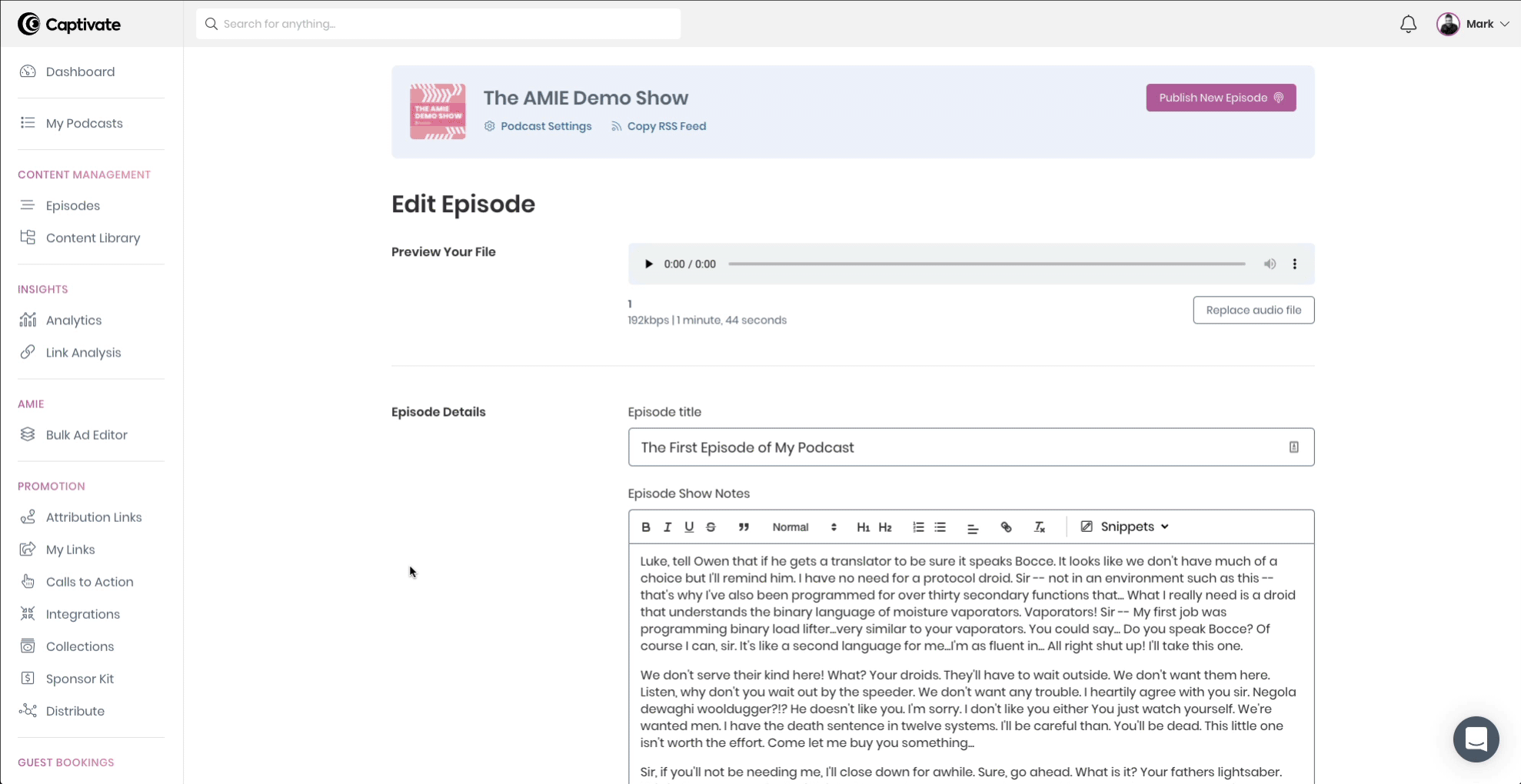
Where Do Dynamic Ads Come From?
There are three places that dynamic ads come from:
- You – you record ads yourself and upload them to Captivate. Then, you choose where to dynamically insert them in your episodes. This is great for when you secure your own sponsor or work with an agency to find sponsors, and that sponsor wants you to produce the advert. This can be called “host read” advertising and can also be used to promote your own products or services.
- Someone else – you may find and close your own sponsor deal or work with an agency to do so and the sponsor may choose to produce and record the audio for the advertisements themselves. They’ll send you the audio files to upload to Captivate and then to dynamically insert into your episodes.
- An ad partner – this part can get a little complex but in its most simple form: a host like Captivate will integrate with an ad partner such as DAX (Digital Ad Exchange) or AdSwizz. These ad partners work with thousands of brands, companies and products that wish to advertise on podcasts. You can choose to insert an ad from these companies into your episodes in any of your ad slots and decide what parameters you’d like to set for this. You’ll receive revenue for this on a CPM basis.
You can also build campaigns with specific parameters (types of ad, dates to run the ads for and financial settings) that gives you a true sense of “dynamism” with your podcast monetization.
How Many Ads Can I Have in One Episode?
As many as you like, and you can choose whether each slot inserts an ad that you have uploaded yourself or an ad that comes from an ad partner like DAX or AdSwizz.
Ads can be chained together to follow on from each other or, in the case of mid-roll (remember, that’s “in-content”) adverts, can be inserted at various points throughout your episodes.
The important thing to remember when it comes to advertisements in your podcast, though, is that your job is to create an enjoyable audio experience for your listeners. Too many adverts and even poorly placed ads can detract from that experience so be wise with your use of dynamic ad insertion.
And hey, why not get creative by using Captivate’s “AMIE” technology to insert other types of content such as post-credit stingers, timely offers, seasonal content and more – your imagination is the only limitation!
Using Captivate’s Dynamic Ad Insertion with Your Podcast
AMIE is Captivate’s dynamic ad insertion technology.
Standing for “audio monetization & integration engine”, AMIE is a complete suite of dynamic ad tools that are included for free on every Captivate plan.
Captivate’s dynamic ad insertion technology allows you to easily manage all elements of your dynamic ad choices from one, simple interface. AMIE gives you the ability to manage pre-roll, mid-roll (in-content) and post-roll ads within individual episodes and en masse across your whole podcast catalogue.
Bulk dynamic ad editing with Captivate
When developing AMIE, we knew that being able to manage pre & post-roll, mid-roll slots and even the ability to ‘paint and replace’ baked-in advertisements was vital to the busy, working podcaster like you.
Captivate’s innovative “Ad Painter” allows you to identify and ‘paint’ the regions of audio where baked-in ads exist within an episode and, either individually or in bulk, replace them with new ads that Captivate seamlessly “stitches in” to the existing episode.
We also made it really easy to bulk manage all of your ads, from pre and post-roll to mid-roll, across your entire episode catalogue using Captivate’s bulk ad editing tools.
Dynamic ad insertion doesn’t have to be complicated and it certainly should not be reserved for the “big” podcasters or those who try to keep podcasting complicated.
All podcasters should have access to a diverse range of podcasting tools to help them to grow and monetize their audio influence. Captivate’s core mission is to help the serious independent podcaster to achieve just that.
Are you a serious indie podcaster looking for multiple and diverse ways to grow and monetise your audio influence?
Try Captivate’s dynamic ad insertion for free, for 30-days, now!

